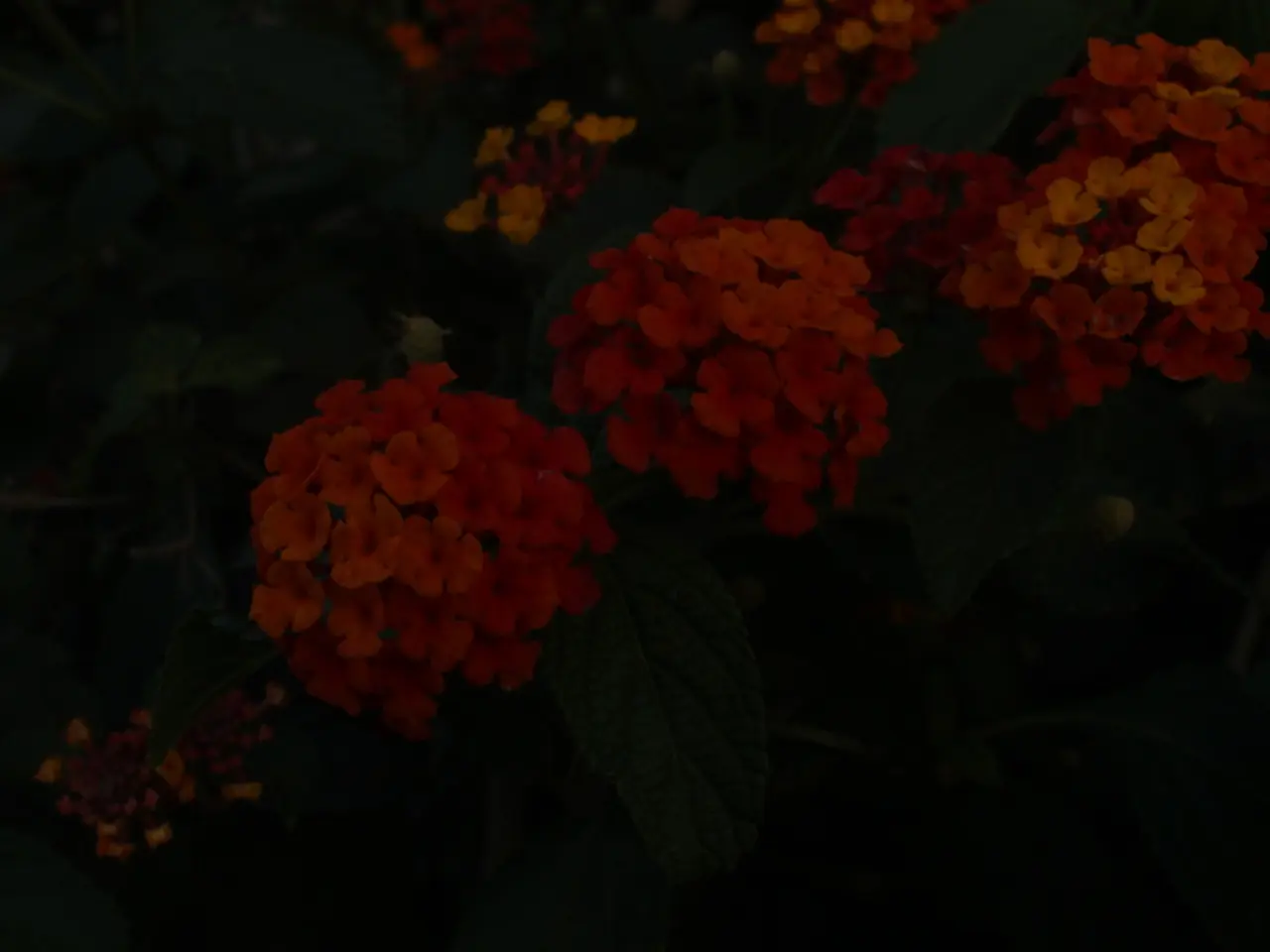"The Case for Including 'Unattractive' Vegetation in Your Colorado-Based Botanical Arrangements" or "Defending the Place of 'Unsightly' Plants in Colorado Gardens"
In the world of horticulture, appearance often plays a significant role in the choice of plants for gardens. However, a closer look at native and regionally-adapted plants reveals a different story. These plants, often overlooked due to their less-than-appealing appearance in nursery pots, can bring a unique charm and benefits to your garden.
Nursery environments, with their compact, dense soils and controlled light, humidity, and moisture, do not promote the full expression of native plants' natural growth form and vigor. These conditions can make native plants appear small, leggy, or sparse compared to their mature, natural state. But this initial unattractive appearance does not indicate poor performance. Instead, it reflects the artificial constraints of container growth.
Once planted in well-prepared garden soil that mimics their natural environment and provided proper care, native plants often become more robust, healthier, and better integrated into local ecosystems than many non-native ornamentals. Their roots, which may be root-bound in pots and have buried root flares, spread naturally, exposing the root flare and allowing them to thrive in their new environment.
Soil type also plays a crucial role. Native plants are adapted to specific soil types, and the loose, well-draining soil in gardens is more suitable for them than the dense, compact soil often used in nurseries. This adaptation enables them to eventually thrive and develop their characteristic forms and functions in the landscape.
The preference for certain plants has led to a narrower plant palette, moving away from a broader and regionally-tuned one. Embracing native plants can help increase the diversity of plants in the garden, providing increased utility to local critters and a unique aesthetic element not immediately discernible on the nursery bench.
Looking for native gems among common nursery plants like red valerian (Centranthus ruber), catmints (Nepeta x), and golden yarrow (Achillea filipendulina) can be rewarding. It's tempting to buy the plant that looks best, but many native and regionally-adapted plants are poorly adapted to culture in a pot.
Shoppers wanting to spend no more than a couple of hours a week on their gardens due to other daily demands can find solace in native plants. Given a chance in your garden, native plants can bounce back in a month or two and require reduced water and fertilizer needs.
Increasing the demand for native plants could help increase their availability from local growers. Shopper preference drives nursery offerings, so choosing native plants can help support local growers who specialise in these species.
In summary, the difference in appearance between nursery and garden settings arises mainly from environmental and container limitations. But it does not negatively impact the long-term success of native and regionally adapted plants once in the garden. Instead, it offers a chance to bring a more diverse and regionally-tuned plant palette to your garden, benefiting both you and local wildlife.
- In the garden, native plants, which may appear small or sparse in nurseries, often flourish and exhibit their natural growth form and vigor, offering a unique charm and benefits to the garden.
- By opting for native plants over non-native ornamentals, one can increase the diversity of plants in the garden, catering to the needs of local critters and adding a uniquely aesthetic element to the landscape.
- Choosing native plants can also help support local growers who specialize in these species, thereby increasing the demand for and availability of native plants.




